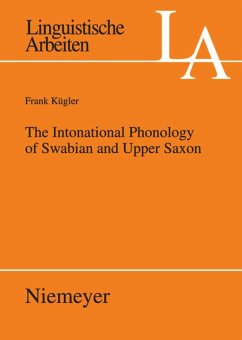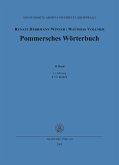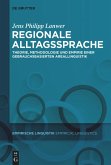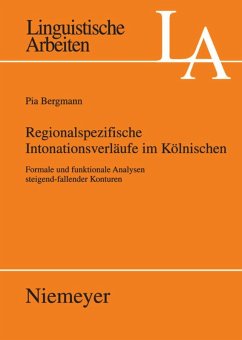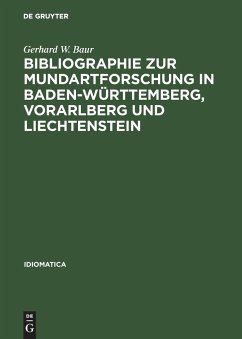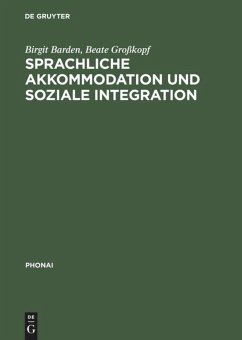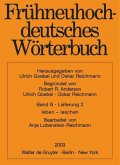The study employs an autosegmental-metrical model of intonation to propose an intonational grammar of Swabian and Upper Saxon German, respectively. The analysis is guided by the assumption that each dialect exhibits a specific distinct intonation. The phonological analysis is comparative in nature: the implementation of accents are compared between the dialects in terms of tonal alignment and excursion. In fact, the phonetic data present evidence for the phonological analysis in that the individual tonal categories differ significantly from each other. In addition, a functional analysis of the intonation contours provides further evidence for the phonological analysis. Based on the assumption that nuclear contours convey intonational meaning, these meanings are analysed and compared. A certain meaning can be attributed to intonation contours that differ phonologically between the two dialects. However, the general shape of contours and its association with meaning has been proved to be identical in the two dialects and compared to a similar analysis of intonational meaning of British English. This comprehensive study of dialect intonation contributes to improve our understanding of intonational phonology.
"KÜGLERS Arbeit leistet einen Beitrag sowohl zur Erforschung der Intonation des Schwäbischen und des Obersächsischen, als auch zur Theoriebildung und kann damit sowohl für Dialektologen, als auch für Intonationsphonologen von Interesse sein. [...] Das Buch bietet also eine Vielzahl von Anknüpfungspunkten für weiterführende Studien und Diskussionen."
Gilbert Ambrazaitis in: Zeitschrift für Dialektologie und Linguistik 1/2009
Gilbert Ambrazaitis in: Zeitschrift für Dialektologie und Linguistik 1/2009

